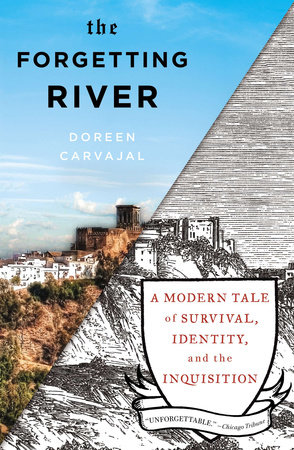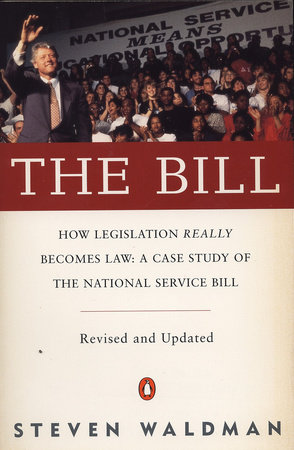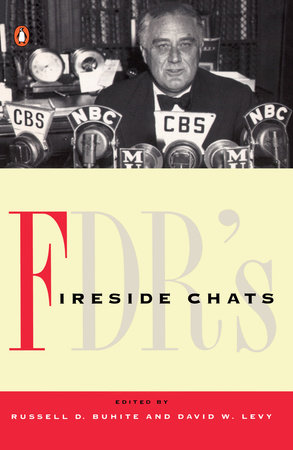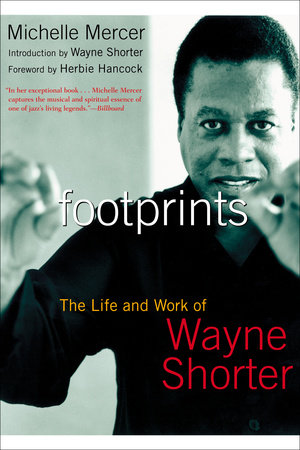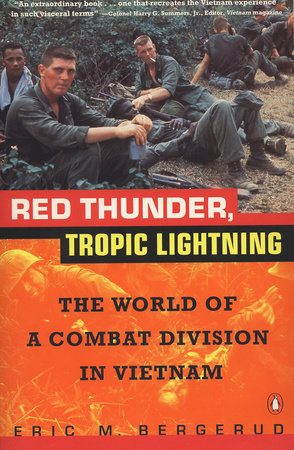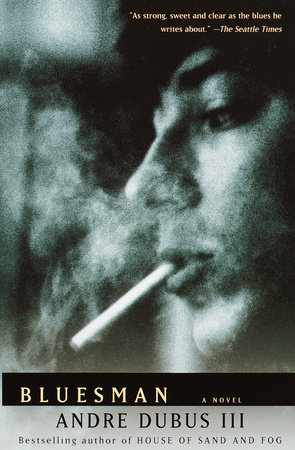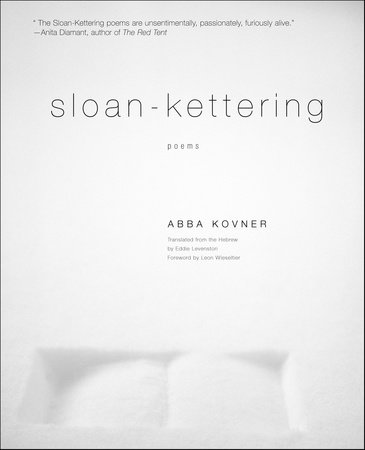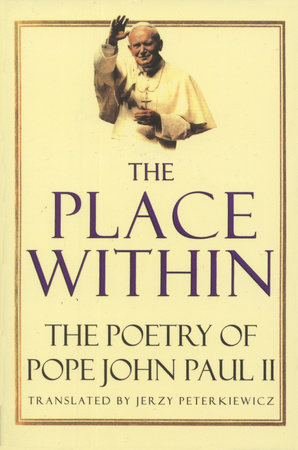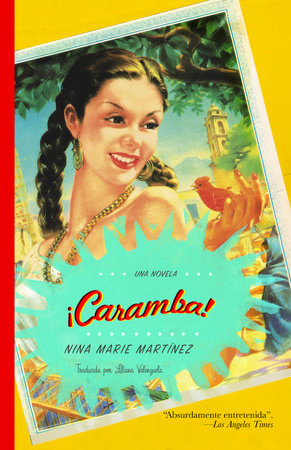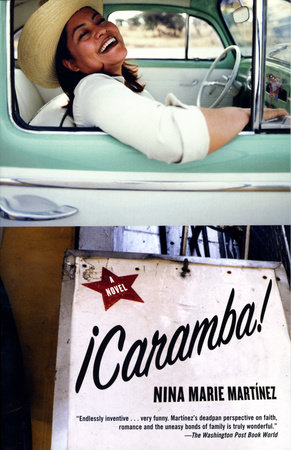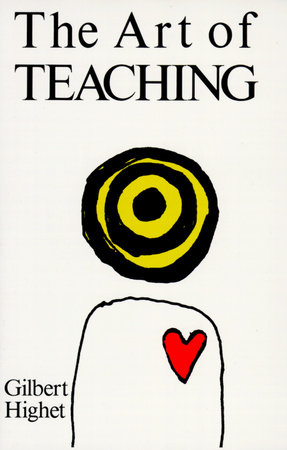Author Q&A
Q:When did you first start writing?
A:I am a high school dropout with a Bachelors degree in Literature. I always loved books, but didn’t come to consider myself a writer in any shape or form until I was in college.
Q:When did you begin working on ¡Caramba! and where did the idea come from?
A:I wrote the first ¡Caramba! chapter in 1995. It was and still is entitled “The Big Five-Four” and it appears in the novel virtually unchanged from the day I wrote it. It was one of those wild and spontaneous things. Actually, that isn’t entirely true because Natalie had been talking to me for a while. Kind of strange, but that’s how it happened. Then one day I just sat down and started writing about her and Consuelo. In that chapter most of the main characters of the novel either appear or are mentioned. So that’s what really set it up and charted the course for the book.
Q:When did you decide to make ¡Caramba! an illustrated novel? And tell us a little about the Lotería cards and how they came to structure the novel.
A:I had first intended to write a book with one traditional main character at the center of things. But I have seen lots of Mexican cowboy movies and one thing I know is that your protagonist needs a good sidekick. Enter Consuelo. Pretty soon I was just as smitten with Consuelo as I was Natalie. I really liked the idea of “like-minded individuals.” So that’s how they became equals. They had a friend named Javier who was a Born Again Christian mariachi with whom I immediately fell in love. I wanted to know how he had chosen his station in life and what it entailed. I asked myself, “What does a Born Again Christian
mariachi do? My answer was, “Go on soul-saving serenades, of course.” Before I knew it, Javier had met some more interesting people and all of the sudden I was writing a novel with six main characters, give or take.
As residents of Lava Landing, many of whom knew one another, the characters and their stories were linked, but I wanted something more. I had long been enamored of the images within La Lotería to such an extent that I have #41, La Rosa, tattooed on my right arm and it’s the only one of my tattoos that I haven’t grown to regret over the years.
It was a goosebumps moment when I realized that within La Lotería there were images and dichos (wise, pithy sayings that accompany the cards) that fit perfectly with the tale I was trying to tell in ¡Caramba! I also thought it would be fun to tell the story as if it were a game, and that these cards were being drawn from the deck by an anonymous, but divine hand. Since the idea of fate or destino, as we say in Spanish, is an important theme in the novel, I thought this was especially appropriate.
Q:Incorporated throughout the novel are what you call artifacts–newspaper articles, maps, letters, diagrams etc. You have said that these artifacts prove “That these characters, although fictional, really do exist.” Can you elaborate on that idea?
A:For me the artifacts serve two purposes. On one level, they tell a part of the story in a way that straight up traditional text cannot. Take for example the Guide to the Rockola at the Big Five-Four which was the first artifact I conceived. It lists all of the songs on the jukebox at The Big Five-Four, one of Lava Landing’s hottest night spots. Music is of particular importance to me. While writing the book, there was always either rockabilly or mariachi music playing in the background. I think if the reader knows the music on the jukebox, then he or she will come away with a better sense of place. And if the reader doesn’t know the music, but takes the time to peruse the titles on the jukebox, at the very least he or she will discern that The Big Five-Four is a place where all of the songs on the Rockola are in Spanish, except for three that are country ‘n’ western tunes, and two that are Christmas songs. I think that in and of itself says a lot about the place.
On another level, in part, being a writer is similar to being an archeologist in that we dig up the “histories” of the people we’re writing about. I guess with the artifacts I’m saying, hey look, these people really do exist. I have the proof. I have material evidence in the form of handwritten letters, shopping lists, and newspaper articles amongst other things.
And it may seem crazy, but all of my characters really do exist for me even though I made them up.
Q:As the daughter of a first generation Mexican-American father and an American mother of Germanic descent, how were you drawn to writing a story that is very much a tale of homelands and borders?
A:I think coming from two very different cultures makes you more acutely aware of both, and it also causes you to question your own cultural identity more than you otherwise would have. It also shows you how important the idea of “home” really is. By that I mean not just as a place, but in terms of religion, culture, race, language, and nationality. I think many of my characters and their dilemmas address these issues.
Q:At the heart of the novel is the wonderful friendship between two young women, Nat and Sway– two “like-minded individuals” who have been compared to Thelma and Louise. As we follow Nat and Sway on their adventures—of the road and of the heart—one is reminded of the power of those perfect, fierce friendships. Was friendship a theme you set out to explore?
A:Growing up, it seemed like just as soon as I was comfortable in a place and had formed solid friendships, we moved. So I never experienced a Nat and Sway kind of friendship. Lots of children have imaginary friends, but I find as an adult I forged an imaginary friendship in the form of Natalie and Consuelo. They represent that fierce friendship I never had.
I didn’t consciously set out to write about “friendship” as a theme, but I did want to write about “like-minded individuality” i.e., people being liked-minded, but also being individuals, in essence, equal but different.
Q:It is almost as if you have created a new language in parts of this novel—part English, part Spanish, part slang, part song . . . where did your love of language and your desire to sort of experiment (for lack of a better word) with it come from?
A:I find writing especially exciting because I am working with at least two live languages. I would even argue that by virtue of this very fact, many other languages are created. The great thing about a live language is that it is pliant. It moves and bends with change, but doesn’t break.
I learned to speak Spanish as an adult and I speak Spanish and English on a daily basis. I find that both languages influence one another and that sometimes things come out fairly funky, but in a good way. I think this happens to people all over who speak two or more languages with almost equal frequency, and I think it is a wonderful tendency. As a child, I remember loving the way my Mexican grandmother spoke English up to a point, but inevitably always reverted back to Spanish, but did it in such a way that even if you didn’t speak Spanish, and I didn’t at the time, you could still get at the essence of what she was saying.
My other set of grandparents is from the mid-west and they too have a wonderful way of turning a phrase. As a child I must have internalized this, because Natalie and Consuelo have a sort of twang that I can’t attribute to anything else in my linguistic experience other than listening to my grandparents speak.
I don’t think I was experimenting so much as I was trying to replicate and combine and mesh these different ways of speaking into a rhythm and language that was specific, but not entirely unique to Lava Landing.
Q:Is the town of Lava Landing inspired by any particular place? There is so much history, real and imagined, and culture, and folklore in this novel, did you have to do any research before you began writing?
A:Lava Landing is an amalgamation of perhaps a half dozen small, California farming towns that I know and love. So much of the novel was written by the circumstances created in naming things. Once I knew my town was called Lava Landing, I knew it had to have a volcano. Then I had to do some research on volcanoes.
Also, if you consider hanging out and having a good old time at places that are like El Aguantador and The Big Five-Four, then I did tons of research. I learned the language and the customs of Lava Landing by hanging out in places that would later be the models for Lava Landing.
Q:Okay I have to ask: Where did the idea for the Born Again Christian mariachi band come from?
A:My characters came to me first as quirks and then as dilemmas. The Born Again Christian mariachi idea arrived in one of those weird moments where everything seems to make sense. Then I had to ask myself, “How does one get to become a Born Again Christian mariachi in the first place, and what does that entail?” In the course of answering those questions, Javier’s character emerged and with it, some of the key themes of the novel. A mariachi is known for being fiercely passionate towards his country, his woman, and quite often his bottle of tequila. All of these characteristics are at odds with the idea of a Born Again Christian. Javier is a missionary, and a mariachi, but he is foremost a man. His character allowed me to explore what all of these roles mean, not just in and of themselves, but in opposition to one another.
And I have to tell you something else about Javier… I made him up just like I made up all of the characters in the novel. I had never heard of a Born Again Christian mariachi, and I haven’t still, even though I did a lot of research trying to find one. But one day I was at the flea market in San José. I was walking toward La Plaza del Mariachi. I noticed that one of the men in the mariachi was not wearing his traditional traje de charro. I immediately became angry. I, like Javier, consider being a mariachi a serious station in life. It wasn’t until I got closer that I noticed what the man’s t-shirt said. He was a trumpet player and his shirt read: I blow the horn for Jesus. See, I told you. Javier does exist. Perhaps he goes by a different name and doesn’t drive a 1976 Chevrolet Monte Carlo, but he’s out there.
Q:You have a wonderful passion for fashion; a passion that is clear from your wonderful descriptions of your characters outfits. And of course a passion that many of your characters share. A couple questions for you on this front: How long have you been interested in fashion (and shopping!) and tell us a little about your business dealing in vintage clothing?
A:Since I am interested mostly in vintage clothing, I prefer the term “hunting” as opposed to “shopping”. When I was in college I discovered a place where I could buy clothes for a dollar a pound, shoes for a dollar a pair, and where the merchandise is changed twice daily. I started lining up at this place twice daily and still do. I unearth wonderful treasures and sell them to the “buy, sell” trade stores up in San Francisco. I really enjoy my work and feel that it’s good for the environment. And these clothes do have a history that needs to be preserved.
Q:When it comes to your novel, is clothing as important as setting? In other words, do clothes really make the man/woman?
A:I don’t think clothes make the man or the woman, but for me they set the scene. Since ¡Caramba! is about six main characters, it is largely episodic which means there is a lot of setting the scene. I am much more interested in what people are wearing than the weather or nature. For me, clothing provides a sense of the character’s style as well as their socio-economic position or even their sensibility.
Q:Throughout the novel you employ the ® registered trademark for brands. Why?
A:Similar to above, I think we live in a society where we are, for better or worse, defined by the products we consume. In college, I read a lot of Marx and became interested in his ideas about commodities and how they become, in his terms, “fetishized”. As he so astutely points out, all commodities are the result of two things: labor and material. As such, everything should cost the same, yet it doesn’t. I think he was getting at something that is very much a part of our society. Products do have a mystique, a life of their own. That was my thinking in using the ® registered trademark.
Q:So I know your first ambition was to be the play-by-play announcer for the San Francisco Giants. You still holding out hope or are you going to stick with writing? In other words, what is next for you?
A:I am currently working on my second novel. But for me there are two times of the year: baseball season and the off-season. I am afraid I would never make it as a play-by-play announcer simply because all great announcers have to demonstrate, in the very least, partial impartiality, which is to say, it’s ok to let your allegiance to your team come through at times, but for the most part, you have to be impartial.
I cannot show impartiality when it comes to my team and what’s more, I would never make it as a play-by-play announcer for the same reason I would never make it on Jeopardy! It’s not for lack of preparation or ability, but because I get too damned excited and start screaming and jumping all over the place. Then again, I do hold out hope of being a guest commentator on a show such as Baseball Tonight or ESPN Deportes. I think establishing myself as a respected author could only help me toward this end and I am quite encouraged by the fact that women are finally getting into sportscasting.
So to answer your question if I haven’t already, writing is a priority for me.



